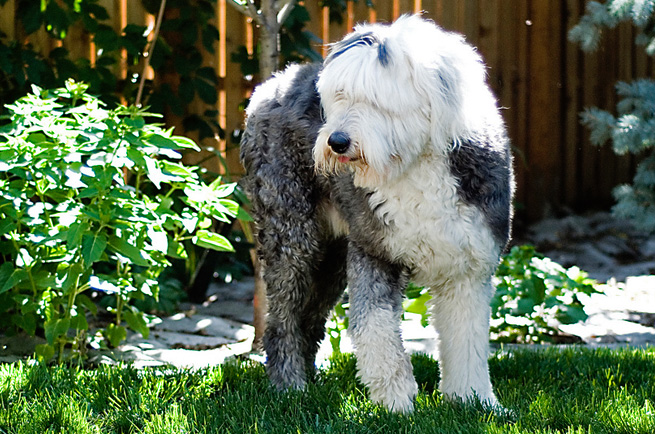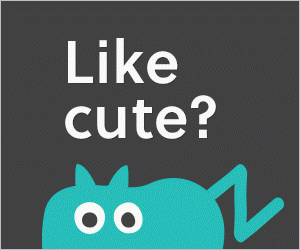Old English Sheepdog
Old English Sheepdogs are famous the world over, with a teddy-bear-like appearance, you will probably recognise them from the Dulux Paint commercials or the Looney Tunes cartoons. Their long, shaggy coats cover thickset bodies, but we don't judge. Their eyes appear to be totally covered by hair, yet remarkably their vision is still spot on—it's not impaired at all. From behind, their walk is a bear-like roll and when trotting their fur ripples and bounces. Adorable.
Any shade of grey, grizzle, blue or blue merle with or without white markings. Browns and fawns can also be seen.
12-13 years
As puppies care must be taken to follow the breeder's recommended diet sheet to ensure the correct nutrients are given to promote healthy bones. Though they're a big dog, fear not! Your food bill isn't going to break the bank. Sheepdogs aren't fussy eaters, and aren't even BIG eaters, especially considering their size.
comments powered by Disqus



